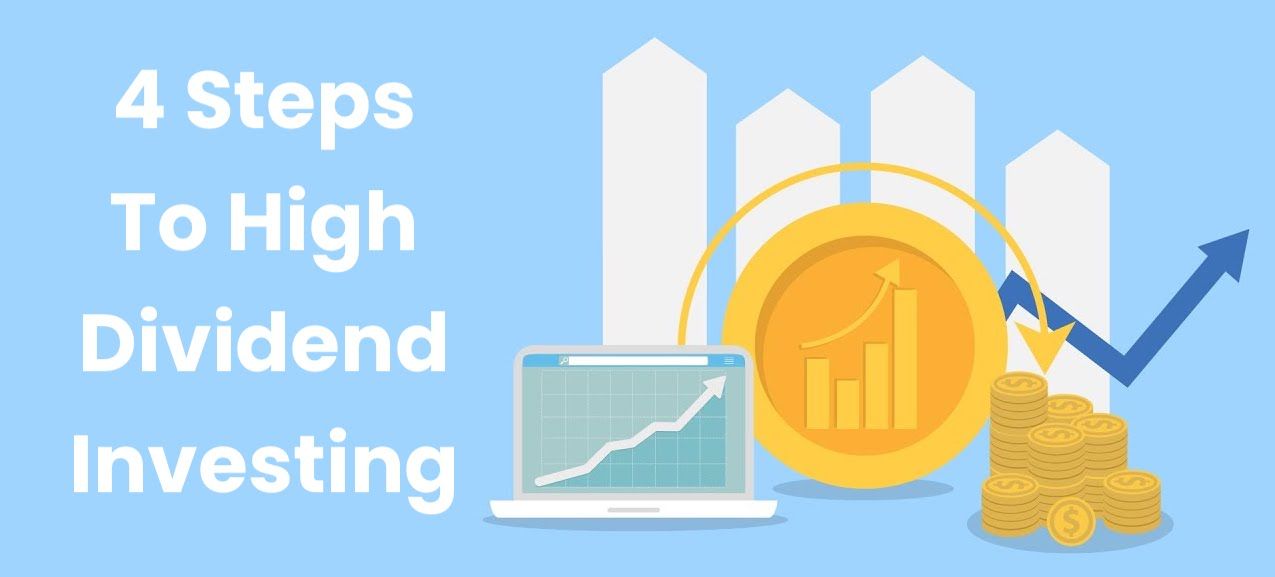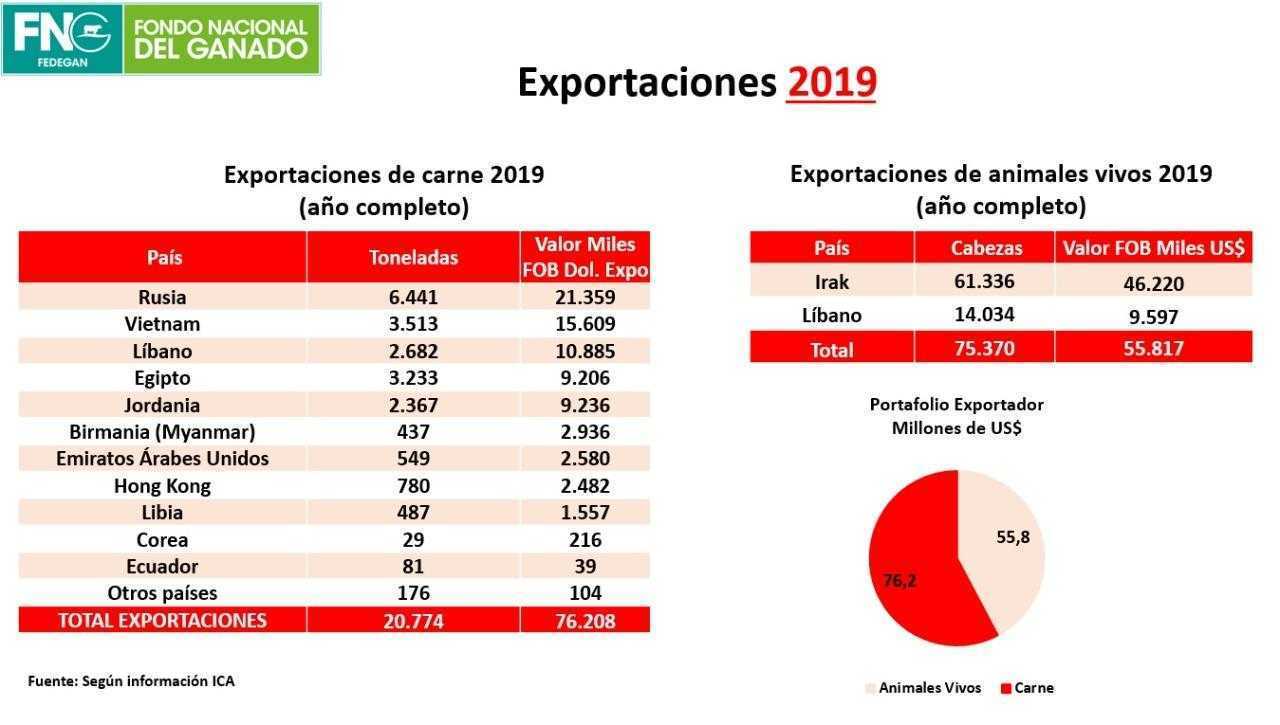A Simple Strategy For High Dividend Income

Table of Contents
Understanding Dividend Investing for High Income
Dividend investing involves selecting and purchasing stocks from companies that distribute a portion of their profits to shareholders as dividends. This is a fantastic way to generate passive income and build long-term wealth. Understanding the difference between dividend yield and dividend growth is crucial.
- Dividend Yield: This represents the annual dividend payment relative to the stock's price. A higher yield might seem attractive, but it doesn't always guarantee a better investment.
- Dividend Growth: This signifies the rate at which a company increases its dividend payments over time. Consistent dividend growth is a powerful tool for building long-term wealth, as your income stream increases year after year.
Before investing in any dividend stock, thorough due diligence is essential. This involves analyzing the company's financial health, competitive landscape, and future prospects. Investing in companies with a history of consistent dividend payments is key to success.
Identifying High-Yield Dividend Stocks
Several resources can help you find high-yielding dividend stocks. Reliable screening tools available online allow you to filter stocks based on criteria such as dividend yield, payout ratio, and market capitalization. However, don't solely focus on yield.
- Financial Health: Scrutinize a company's financial statements, paying close attention to metrics like its debt-to-equity ratio and payout ratio. A low debt-to-equity ratio indicates financial stability, while a sustainable payout ratio (the percentage of earnings paid out as dividends) signals a company's ability to maintain its dividend payments.
- High-Yield Sectors: Certain sectors are known for their high dividend yields. Real Estate Investment Trusts (REITs), utilities, and consumer staples are often good places to start your search. However, remember diversification is key.
Evaluating Dividend Sustainability
A company's dividend history is a vital indicator of its commitment to dividend payments. However, past performance doesn't guarantee future results. Analyzing a company's future prospects is essential.
- Dividend History: A long history of consistent dividend payments suggests financial stability and a commitment to shareholders.
- Payout Ratio: A sustainable payout ratio ensures the company can comfortably afford its dividend payments without jeopardizing its future growth or financial stability.
- Future Prospects: Analyze the company's industry position, competitive advantages, and future growth potential to assess the likelihood of continued dividend payments.
Building a Diversified Dividend Portfolio
Diversification is crucial for minimizing risk in dividend investing. A well-diversified portfolio spreads your investments across different sectors, market caps, and geographies, reducing the impact of any single company's underperformance.
- Sector Diversification: Don't put all your eggs in one basket. Invest in companies from various sectors to reduce your overall portfolio risk.
- Market Cap Diversification: Consider including both large-cap and small-cap stocks to balance risk and potential return.
- Geographic Diversification: Diversifying across different countries can further reduce your risk exposure.
A suitable portfolio size depends on your risk tolerance and financial goals. Start small and gradually increase your investments as your comfort level grows.
Asset Allocation for Optimal Dividend Income
Asset allocation plays a vital role in balancing risk and return in your dividend income strategy. It involves determining the proportion of your portfolio invested in different asset classes.
- Asset Classes: Dividend-paying asset classes include stocks, bonds, and REITs. Each asset class has a different risk-return profile.
- Risk Tolerance: Your risk tolerance will influence your asset allocation strategy. A more conservative approach might favor a higher allocation to bonds, while a more aggressive approach might favor stocks.
Regular Portfolio Review and Rebalancing
Regularly reviewing and rebalancing your portfolio is essential for maintaining its optimal performance and aligning it with your evolving financial goals.
- Frequency: Aim for at least an annual review, or even semi-annually for more active management.
- Rebalancing: Rebalancing involves adjusting your portfolio's asset allocation to return it to your target weights. This involves selling some assets that have outperformed and buying others that have underperformed.
- Market Conditions: Adjust your portfolio based on market conditions and your financial goals.
Managing Risk in High Dividend Income Investing
While dividend investing offers the potential for consistent income, it's essential to acknowledge the inherent risks. Dividend cuts, stock price volatility, and market downturns can all impact your portfolio's performance.
Understanding Dividend Cut Risk
Companies may cut dividends due to financial difficulties, changes in corporate strategy, or unexpected events.
- Financial Difficulties: Companies facing financial challenges may reduce or eliminate dividend payments to conserve cash.
- Company Strategy: A company might choose to reinvest its earnings rather than pay dividends to fund growth initiatives.
- Identifying Risk: Thoroughly analyze a company's financial health, debt levels, and future prospects to assess the likelihood of a dividend cut.
Protecting Your Investment During Market Downturns
Market downturns are inevitable. Having a plan to mitigate losses during these periods is crucial.
- Diversification: A well-diversified portfolio is your best defense against market downturns.
- Dollar-Cost Averaging: This strategy involves investing a fixed amount of money at regular intervals, regardless of the stock price, reducing the risk of buying high and selling low.
- Long-Term Perspective: Maintain a long-term investment horizon to weather short-term market fluctuations.
Achieve Your High Dividend Income Goals Today!
Building a successful high dividend income strategy involves understanding dividend investing, building a diversified portfolio, and managing risk effectively. A well-diversified portfolio with sustainable dividend payouts offers a powerful path towards financial freedom and passive income generation.
Start your high dividend income journey today! Research and select suitable dividend-paying stocks, and don't hesitate to consult a financial advisor to create a personalized high dividend income strategy tailored to your financial goals and risk tolerance. Remember, consistent effort and a long-term perspective are key to achieving your passive income goals.

Featured Posts
-
 Kompanys Ploeg Krijgt Veeg Uit De Pan
May 11, 2025
Kompanys Ploeg Krijgt Veeg Uit De Pan
May 11, 2025 -
 La Estrategia De Uruguay Un Regalo Para Impulsar Las Exportaciones Ganaderas A China
May 11, 2025
La Estrategia De Uruguay Un Regalo Para Impulsar Las Exportaciones Ganaderas A China
May 11, 2025 -
 Exportaciones Ganaderas Uruguayas Un Regalo Inusual Fortalece Lazos Con China
May 11, 2025
Exportaciones Ganaderas Uruguayas Un Regalo Inusual Fortalece Lazos Con China
May 11, 2025 -
 Meet Manon Fiorot A Deep Dive Into The French Fighters Career
May 11, 2025
Meet Manon Fiorot A Deep Dive Into The French Fighters Career
May 11, 2025 -
 Payton Pritchards Childhood Connection A Career Milestone Made More Meaningful
May 11, 2025
Payton Pritchards Childhood Connection A Career Milestone Made More Meaningful
May 11, 2025
